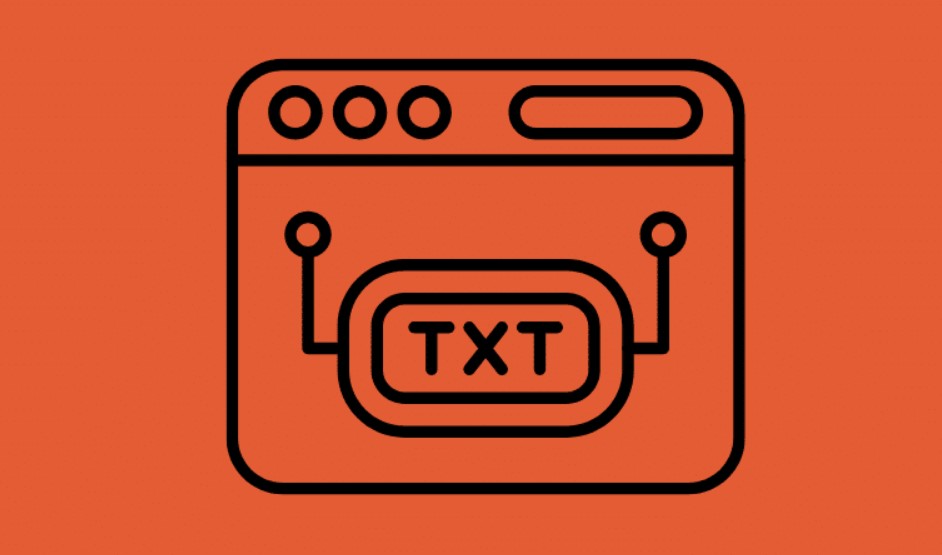Published by NewsPR Today | September 2025
In 2025, as SEO changes, using the E-E-A-T SEO framework (Experience, Expertise, Authoritativeness, and Trustworthiness) from Google is not just a recipe checklist of generic tactics you need to use.
A site that is truly high quality (that is to say, has earned reliable links, traffic, and attention) will not have to prove depth of content and authorship. That goes beyond superficial trust signals, it represents true, deep authority.
Here are five advanced E-E-A-T tactics for advanced publishers who want to develop content that continues to earn trust from users and search engines for the long haul.
Build Dynamic Expertise Attribution Maps
Create interactive expertise maps instead of static author bios detailing the various dimensions of your contributors’ experience. Consider a visual widget placed on your page that displays each contributor’s credentials, niche topics they’re associated with, listing of peer-reviewed articles in their background, and external citations. Support your claims with evidence to reliable sources like certification authorities, publication DOIs, or professional registries.
This departs from the realm of static text and allows transparent answered assertions about knowledge at all times. It enables Google and its audience to verify the credibility of your authors instantly, certainly enough to elevate it above AI and superficial competing material.
Launch an Algorithmically Auditable Fact-Checking Layer
Add a transparent fact-validation system within your content that tags every claim or statistic with metadata: source lineage, reviewer identity, review date, and confidence score. Readers (and crawlers) can toggle a view to see which information was recently verified or updated.
This ongoing trust overlay shows Google that your site is rigorously managed and actively curated. It turns each fact into a dynamic trust asset rather than static copy, boosting your E-E-A-T signals with clear editorial scrutiny.
Engineer Expert Chain-of-Trust Workflows
Go beyond “Reviewed by Dr. Smith” disclaimers. For critical topics (especially YMYL: Your Money Your Life), create a visible, serialized workflow showing:
- Who drafted the original content
- Which domain expert reviewed it
- If a second or independent expert offered a peer opinion
- And who completed final compliance or audit clearance
Present this workflow in the article and encode the process in schema markup. This creates a transparent provenance trail, similar to version control in software, proving layered, collaborative expertise and reducing misinformation risks.
Enable Decentralized User Experience Proof
Get Your Real Users into the E-E-A-T Story. Gather “proof artefacts”, like real verified testimonials, video reviews, screenshots or purchase receipts. Implement automatic authenticity checks (e.g., from metadata) on related submissions and list a public count and timestamp of submissions.
Demonstrating a dynamic, user-verified “experience pool” shows that your promises are not just hot air on paper but reflect real, community-endorsed results, which is sure to elevate your site’s credibility above the biased testimonial claims.
Related Article: From Zero to Hero: Rebuilding Your Site’s E-E-A-T After Google’s June 2025 Update
Create AI Feedback Loops for adaptive topical authority modelling.
Track visitor engagement in granular detail – scroll depth, bounce rate, repeat visits, and more. Overlay these signals with qualitative expert review to see where users appear confused or disengaged.
Apply these findings to automatically trigger expert-driven content updates, clarifications or new subtopics, each update time-stamped and recorded as an expert-curated enhancement. This adjustable authority model keeps tightening your topical vocabulary and it demonstrates to search engines that your site is the canonical, constantly improving resource.
Conclusion
In 2025, you can no longer make do with basic E-A-T basics in a competitive SEO landscape. The true formula to outpace peers is to foster authentic multi-faceted expertise and trust within your content, which is embedded deep into your content and your editorial processes.
By using these five advanced hacks, you are demonstrating to Google and to your audience that your website is a breathing, living authority – human, open and closely managed to the highest level of quality and trust.




